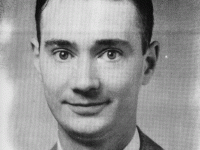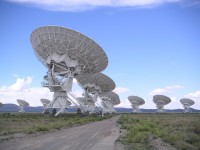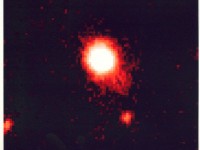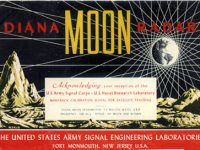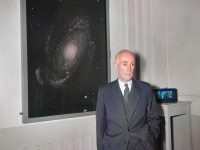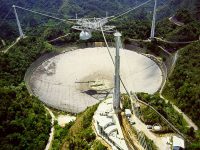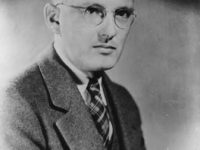Grote Reber – Pioneer of Radio Astronomy
On December 22, 1911, American pioneer of radio astronomy Grote Reber was born. He combined his interests in amateur radio and amateur astronomy and became instrumental in investigating and extending Karl Jansky’s [4] pioneering work, who in August 1931 first discovered radio waves emanating from the Milky Way. Reber conducted the first sky survey in the radio frequencies and is considered one of the founding figures of radio astronomy. Born in Wheaton, Illinois, a suburb…
Read more

